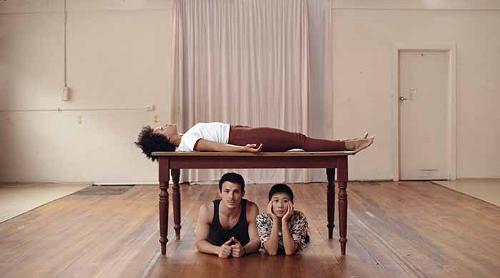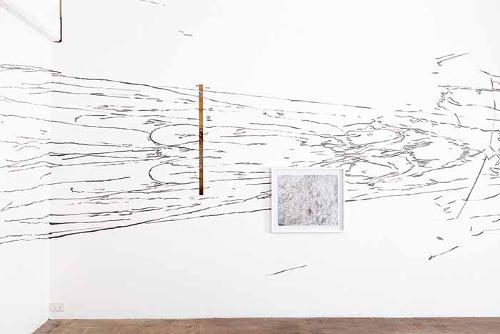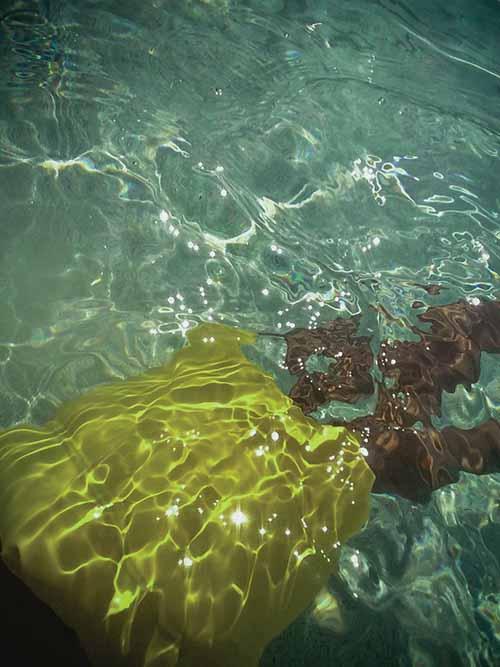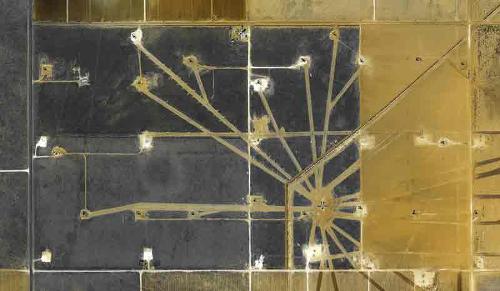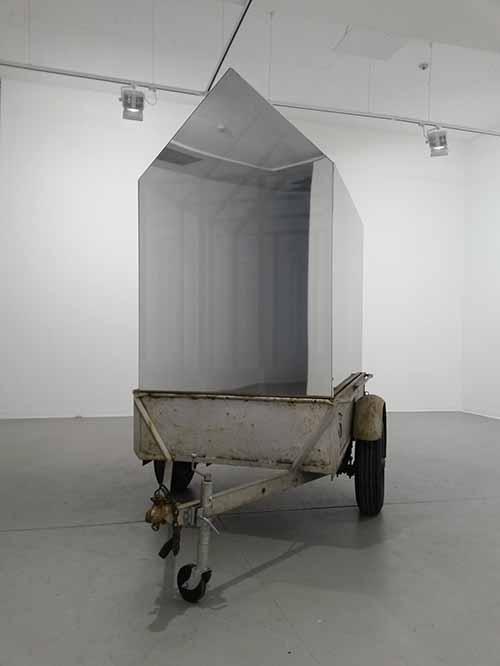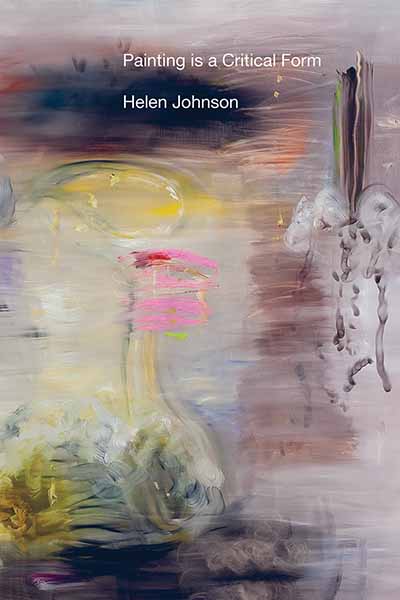
Painting is a Critical Form is the first of a new series, This Ass, of modified versions of Ph.D. or M.F.A. dissertations by practising contemporary artists.
Helen Johnson presents a persuasive argument concerning the relevance of painting as a critically engaged means of contemporary art production. From the perspective of a painter and an academic she writes about an expansive, contemplative approach to painting, revealed through aesthetic experience. Johnson considers the idea of painting as "a space of slippage and ambiguity, a practice with its locus outside reason“. Its form has the ability to “gesture towards ideas, investing them with complexity in the process“. Through re-reading aspects of Immanuel Kant's Critique of Judgment (1790), Johnson effectively advances her argument. This analysis of Kant is dense, but draws out significant revelations, informing how critical reflection and the aesthetic experience are implicitly connected.
Grappling with issues of painting within a post-medium specific context, Johnson claims that painting’s materiality, techniques and “assorted baggage“ are all points of possibility, with potential to produce meaning. Amongst the baggage is Clement Greenberg’s influential interpretation of Kant. This selective co-opting of Kant still informs much negative opinion about his theories and painting today. But Johnson sees Kant’s aesthetic theory very differently. Through Kant she argues convincingly that aesthetic experience “provides an impetus for subsequent engagement“, offering an open space to recognise and contemplate multiple positions. This experience is cleverly extended through examining discursive stupidity, wit and failure through the work of Juan Davila and Martin Kippenberger.
Painting is often seen as dead or as an outmoded practice beholden to the art market. Johnson perceptively articulates why artists who choose to paint persist. While its audience may be limited, this book offers a significant contribution to the wider conversation around painting today.




